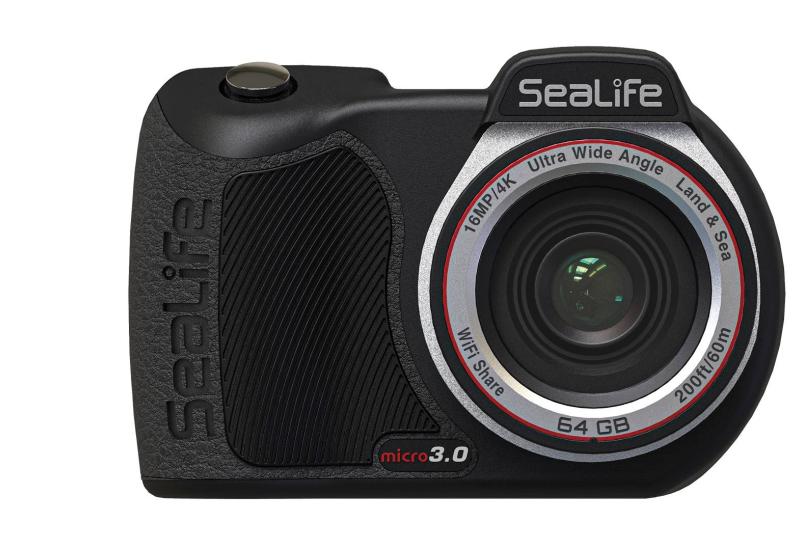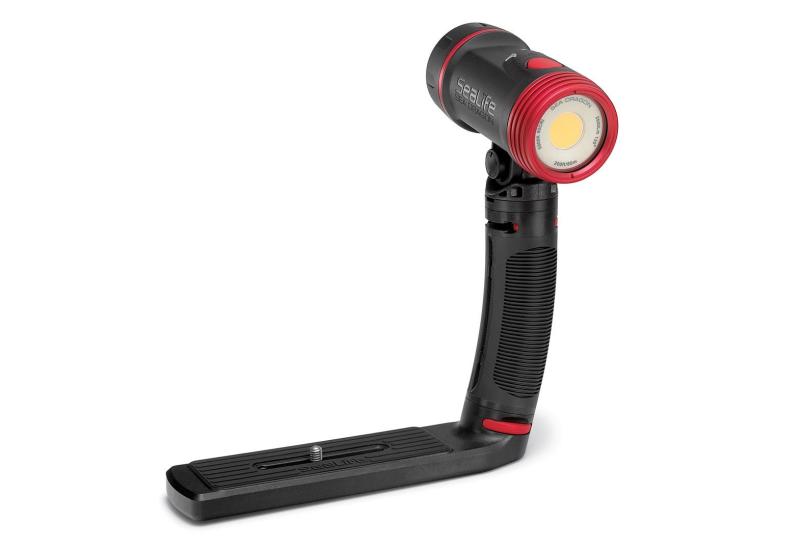Underwater Photography Tips for Shooting and Editing Sun Balls

Jim DeckerSometimes you need to use Photoshop or Lightroom to make sun balls perfect.
Though they are beautiful to see underwater and they add a stunning element to your underwater photos, sun balls can be tricky, as you’ll be shooting at the limits of your camera’s capabilities. These tips help you get the most out of your SLR or mirrorless camera.
1. Fisheye Lens Sun balls are wide-angle shots. You need to get as close to the subject as you can to get the most amount of light possible from the strobes on the foreground subject.
2. Manual Mode Manual is the best mode to shoot in. Since the camera will be at the limits of its exposure settings, you’ll be better off knowing your settings and being able to adjust as needed.
3. Low ISO Use the lowest ISO setting possible on your camera. This will keep the overall exposure down and help pull in the exposure of the sun ball.
4. Fast Shutter Speed Set your shutter speed to the fastest speed your camera can synchronize with your strobe. This is usually called the flash-sync speed. For SLR and mirrorless cameras, the limit is usually between 1/160 and 1/320 of a second, which will vary by camera model. This will get the background as dark as possible to help pull in the exposure of the bright sun.
5. Strobes at Full Power Set your strobes to full power on manual. You need to get as much light on the foreground subject as possible, since you’ll be using a small aperture and low ISO to pull in the exposure of the sun ball.
6. Small aperture With all the other exposure controls set at their limits, the only setting you have control over at this point is aperture. Adjust your aperture so the foreground exposure from the strobe is exposed properly. For SLR and mirrorless cameras, this is usually in the ƒ/16 to ƒ/22 range (use the highest possible aperture with compact cameras). This will make the sun ball as tight as you can get it. Depending on conditions, you might be able to make small adjustments, but most times you will be limited in what you can do with the sun ball by your need to have a properly exposed foreground.
Post-Production Tips

Jim DeckerThe whites slider will help darken the exposure even more on a sun ball and the surrounding water.
Even after having all your camera settings at max, the sun ball still might come in too hot on the exposure. In your image-editing software, use the whites slider to help darken the exposure even more on the sun ball and the surrounding water. This will tighten it up without affecting the rest of the exposure too much. I also used the graduated filter to help darken the exposure on the top part of the frame.
Bonus Tip
Using a point-and-shoot camera? These have much faster flash-sync speeds, making it easier to dial in the correct sun-ball exposure.
An underwater photographer and videographer, Jim Decker is the CEO of Backscatter Underwater Video and Photo (backscatter.com). In each Imaging+ column, he will tackle practical problems in underwater photography and videography.










